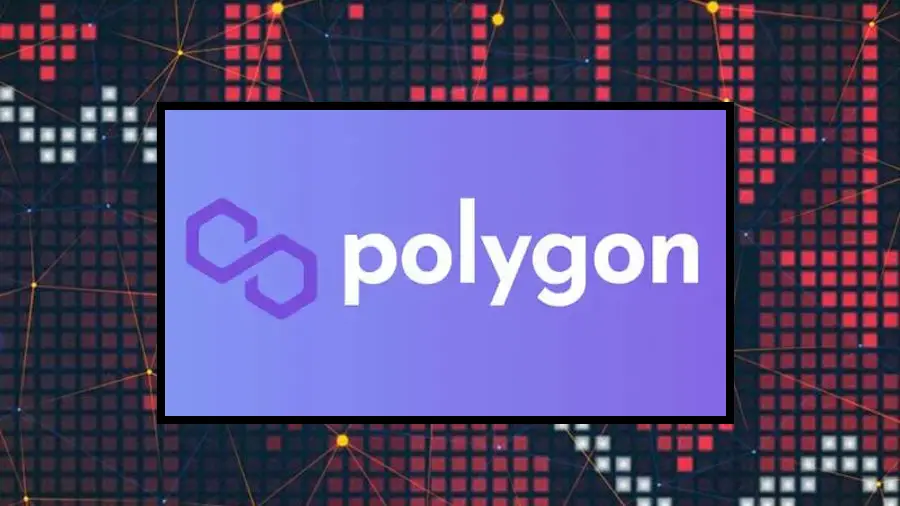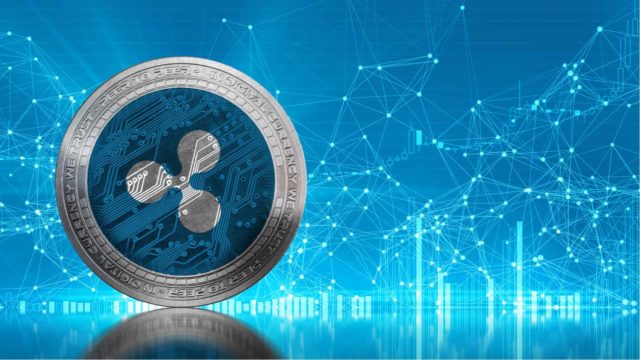The Bank of Japan (BoJ) will hold its Monetary Policy Committee (MPC) on Tuesday, March 19, and as we get closer to the interest rate decision, here are the expectations forecast by Big 12 economists and researchers banks.
Analysts have different opinions on whether the BoJ will raise rates in March or April. Markets now value the probability of ending the negative interest rate policy (NIRP) at 55%. The BoJ could also lift yield curve control this month. Updated macroeconomic forecasts will not arrive until the April meeting.
Standard Chartered
We believe the BoJ is likely to end its negative interest rate policy (NIRP) in March rather than April, along with a de facto removal of yield curve control (YCC). While the yen has rallied and markets are already forecasting 6 basis point increases in April, we think the BoJ could surprise with an early move in March. Even if the BoJ does not raise rates in March, the market expects it to do so in April, so the market reaction should be limited in both cases.
ANZ
Shunto wage negotiations have started stronger than last year, giving the BoJ the green light to move away from negative rates at its monetary policy meeting this week. Our central argument for the BoJ to abandon negative interest rates remains in April, but it is a very close call. The BoJ will update its forecasts at that meeting and will have more news on union wage agreements and data on companies' inflation expectations. The media suggests that the BoJ is about to abandon the YCC. The central bank could also consider abandoning its guidance that interest rates could fall and ending its J-REIT and ETF asset purchase programs.
Nordea
We believe the BoJ will signal that a rate hike is likely at the April meeting following the announcement of over 5% wage growth for the largest labor union. With wage growth at its highest in three decades and inflation above 2%, the era of negative interest rates in Japan is about to come to an end. However, we do not expect a cycle of massive rate hikes from the BoJ. The BoJ will take small steps in raising rates to ensure that inflation dynamics are around 2%. Therefore, there will be no significant strengthening of the yen as long as the Fed and ECB keep rates unchanged.
Danske Bank
The inflation target has been met for 22 consecutive months. Pressures on prices are systematically around 2% annual inflation, but their sustainability depends on wage increases. We believe the BoJ is almost ready to raise the interest rate to zero and dismantle yield curve control. However, we see no reason to rush and we hope that they will wait for the March meeting that ends on Tuesday, although it must be admitted that the decision is very close. The fact that the BoJ potentially abandons the NIRP in March or April does not alter our bullish strategic view on the yen in 2024.
ING
We think an April hike is slightly more likely than a March hike. This week, we expect the BoJ to change its forward guidance and eliminate the yield curve control policy, but maintain its public debt purchase program.
Deutsche Bank
We expect the BoJ to review its policy and abandon both the NIRP and the multi-tier structure of the current account and set rates on all excess reserves at 0.1%. We also foresee the end of both the YCC and the inflation-beating commitment, replaced by a benchmark for the pace of the bank's JGB purchasing activity.
ABN Amro
Although we do not rule out the possibility of a hike in March, our expectations are that the BoJ will remain unchanged at its March meeting. With consumption still weak, the central bank could wait until the second quarter to see further confirmation in macroeconomic data before raising its policy rate for the first time in 17 years. In any case, we only foresee a very gradual and modest path of increases for the BoJ in the future.
TDS
Following the positive round of wage hikes and Rengo's announcement of a 5% increase in the first round of wage negotiations, we believe the BoJ has the necessary information to raise rates at this meeting. We expect the BoJ to 1) end the NIRP, 2) modify the deposit framework, 3) end the YCC but maintain the bond buying pace of Q1 and 4) discontinue its purchases of ETFs and J-Reits.
Wells Fargo
While we believe the BoJ will abandon negative interest rates and measures designed to keep bond yields capped in April, Tuesday's meeting looks alive. The decision on official interest rates and yield curve control will be closely watched; however, future guidance can be just as important. In the event of a rate hike this week, or in April, we will be watching to see if BoJ policymakers indicate whether tightening will also occur in the future. In our opinion, the most likely thing is that the BoJ will decide “once and done”, that is, a rate hike to place the main official interest rate at 0.00%, abandon the YCC and maintain monetary policy at that level for a long period of time. These decisions alone should translate into an outperformance of the yen, but a hint of future tightening could translate into a bigger rally in the yen than we expect.
Citi
We change our baseline scenario to NIRP termination at the April 2024 MPM and therefore expect the BoJ to signal termination at the March 18-19 MPM. From a macroeconomic point of view, it matters little whether the completion occurs in March or April. The most important thing is the magnitude of the salary increases agreed in the spring negotiations. Larger-than-expected wage increases could improve the outlook for consumer spending, inflation and the speed of rate hikes. If there are really significant increases, Governor Ueda's press conference is likely to demand changes in the perception of the balance of inflation risks. We also expect the BoJ to end Quantitative and Qualitative Monetary Easing (QQE) with yield curve control and abandon the monetary base expansion guidance.
SocGen
We expect the BoJ to lift negative interest rates and QQE this month, but we also believe it will signal to maintain the zero rate for some time and maintain a monthly pace of 6tn yen in JGB purchases, which would maintain the balance stable financial for now.
BBH
Our baseline assumption is that the bank maintains the policy rate at -0.10% and maintains its 10-year JGB yield target around 0%, with 1% as the upper reference limit. We also expect the BoJ to end its buying guideline for exchange-traded funds (ETFs) and Japan real estate investment trusts (J-REITs). USD/JPY is vulnerable to a knee-jerk decline if the BoJ announces a rate hike. However, the USD/JPY bullish trend is likely to remain intact as improving inflation in Japan and weak economic activity suggest the BoJ is unlikely to normalize the policy rate beyond 2024.
Source: Fx Street
I am Joshua Winder, a senior-level journalist and editor at World Stock Market. I specialize in covering news related to the stock market and economic trends. With more than 8 years of experience in this field, I have become an expert in financial reporting.







